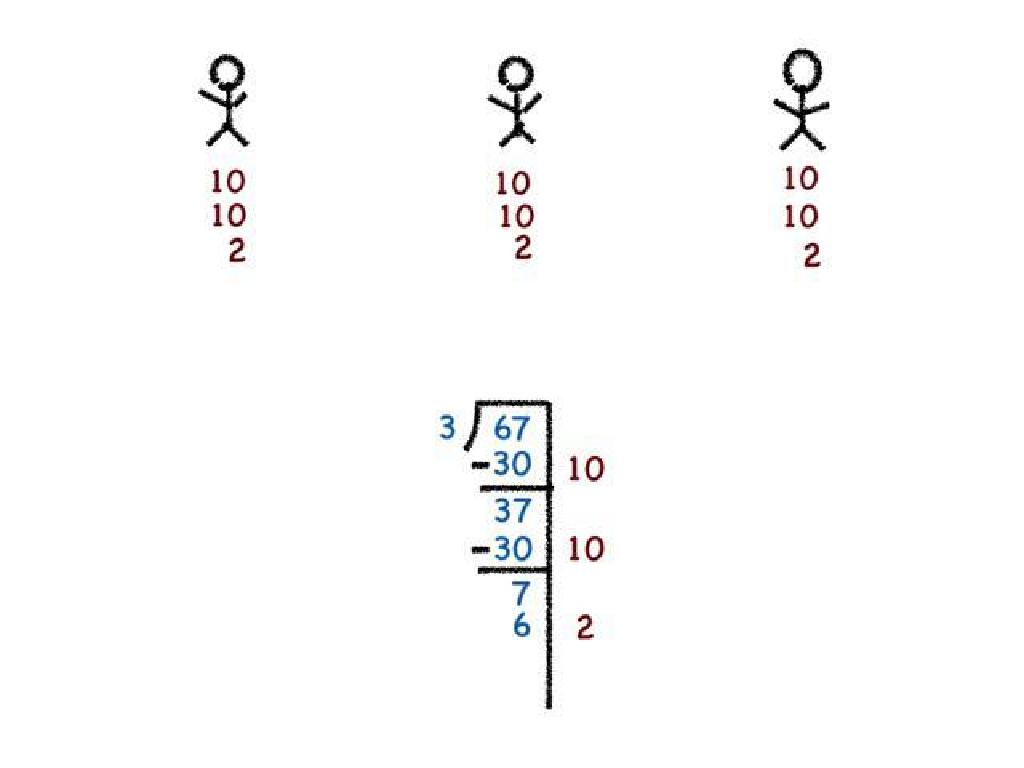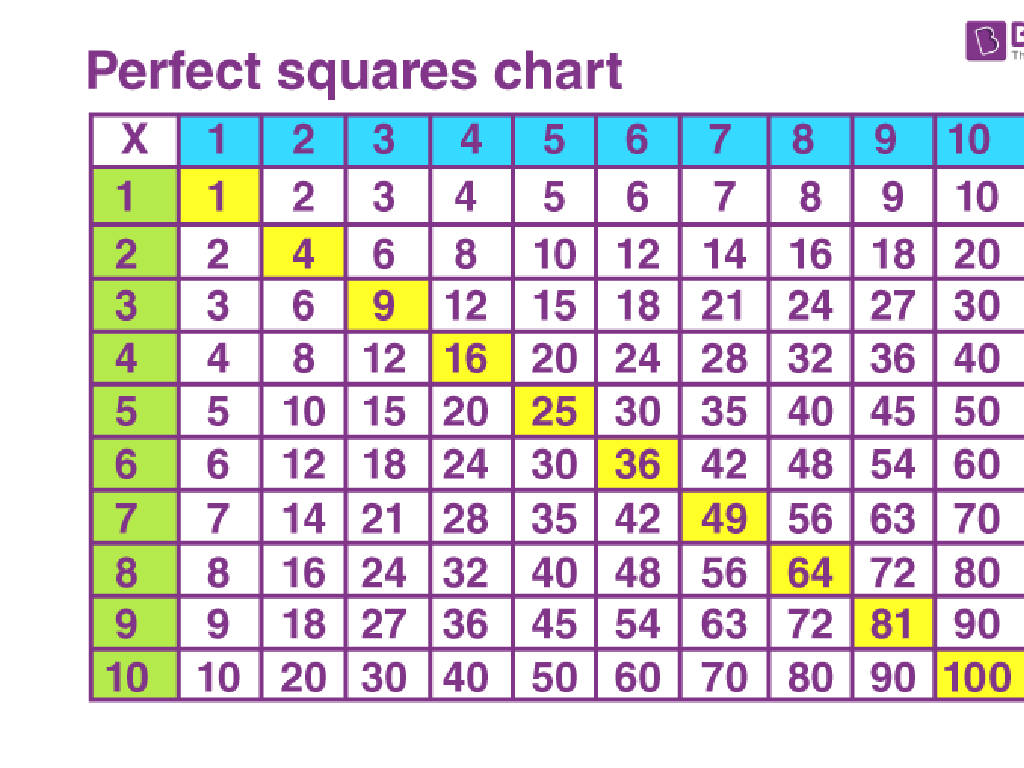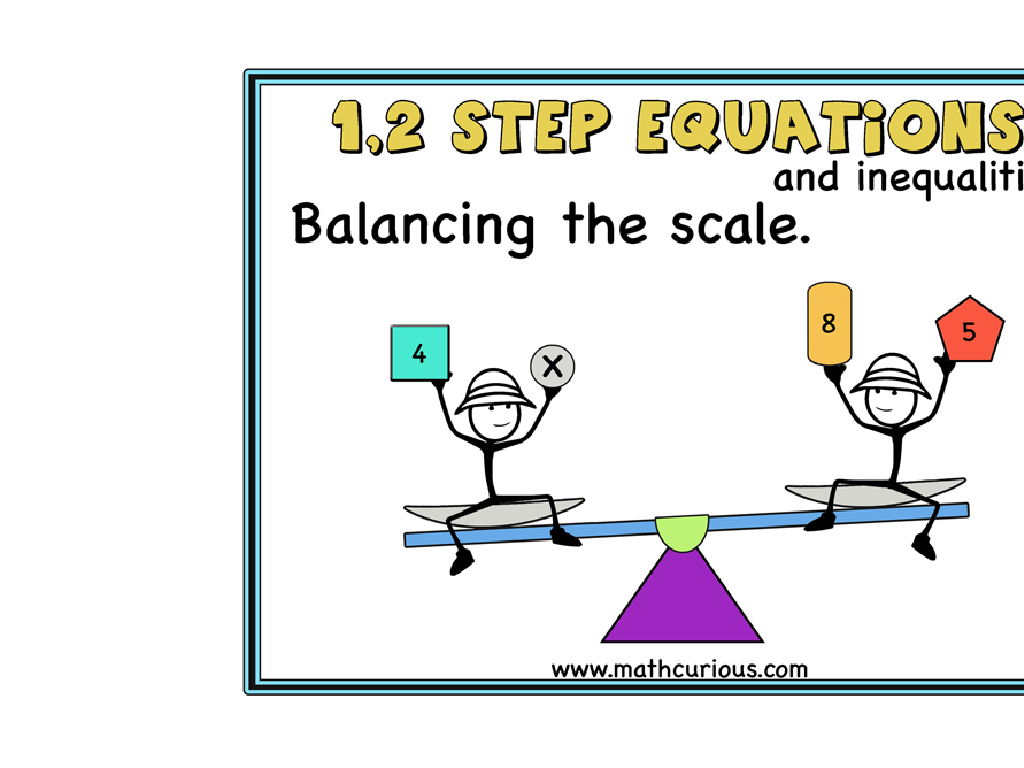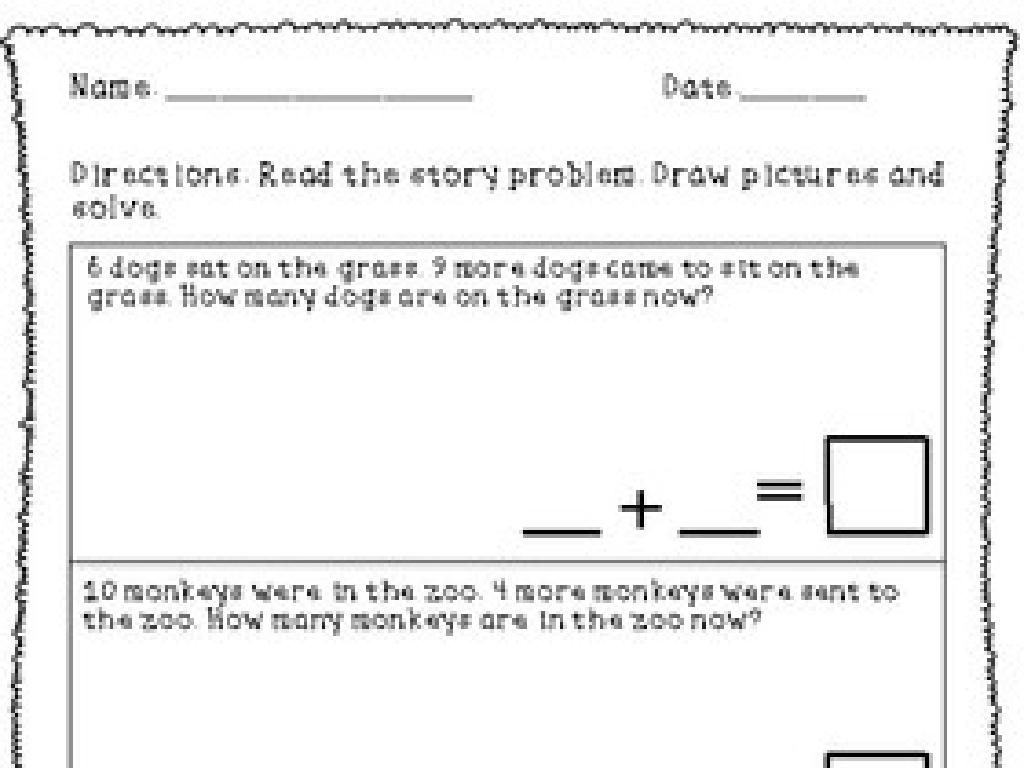Rights And Responsibilities Of Active Citizenship
Subject: Social studies
Grade: Eighth grade
Topic: Citizenship
Please LOG IN to download the presentation. Access is available to registered users only.
View More Content
Introduction to Citizenship
– Define the citizen’s role
– A citizen is a member of a community with loyalty and entitlements.
– Meaning of being a citizen
– Citizenship implies belonging to and actively participating in a nation or community.
– Overview of rights
– Rights include freedom of speech, religion, and the right to vote.
– Overview of responsibilities
– Responsibilities include obeying laws, paying taxes, and serving on juries.
|
This slide introduces the concept of citizenship to students, emphasizing the dual aspects of rights and responsibilities. Begin by defining what it means to be a citizen, highlighting the importance of active participation in society. Discuss the rights that citizens are entitled to, such as expressing themselves freely and participating in the democratic process. Equally important are the responsibilities that come with citizenship, including adherence to the law, contributing to the community’s financial needs through taxes, and participating in the justice system. Use examples relevant to eighth graders, such as following school rules as a responsibility and having a say in student council as a right. Encourage students to think about how they can be active citizens within their own communities.
Understanding Citizen Rights
– Define rights in citizenship
– Rights are privileges or claims to which citizens are entitled.
– Examples of citizen rights
– Voting, speech, religion, fair trial
– Explore the Bill of Rights
– First 10 amendments to the US Constitution
– Significance of these rights
– Protect individual freedom, limit government power
|
This slide aims to introduce students to the concept of rights within the context of citizenship. Begin with a definition of rights as privileges or claims that individuals are entitled to under the law. Provide tangible examples such as the right to vote, freedom of speech, freedom of religion, and the right to a fair trial. Discuss the Bill of Rights, which comprises the first ten amendments to the United States Constitution, and emphasize its importance in protecting these rights. Highlight how the Bill of Rights serves to protect individual freedoms and limit the powers of the government, ensuring a balance between authority and personal liberty. Encourage students to think about how these rights impact their daily lives and the functioning of a democratic society.
Understanding Citizen Responsibilities
– Define responsibilities
– Responsibilities are duties we are expected to uphold as citizens.
– Examples of responsibilities
– Voting, obeying laws, serving on a jury, and paying taxes.
– Significance in society
– They maintain order and ensure the welfare of all.
– Impact on community health
– A society functions well when citizens actively fulfill their roles.
|
This slide aims to explain the concept of responsibilities within the context of citizenship. Responsibilities are the duties or tasks that citizens are expected to perform as part of a community. Provide students with concrete examples such as participating in democratic processes like voting, following the law, serving on juries when called, and contributing to public services through taxes. Emphasize that these responsibilities are crucial for maintaining social order, protecting rights, and ensuring the well-being of the community. Discuss how active participation in these responsibilities leads to a healthier, more engaged society. Encourage students to think about additional responsibilities they might have as students and community members.
Rights in Action: Balancing Freedoms
– Case study on freedom of speech
– Explore historical and current examples, like landmark court cases
– Understanding the right to protest
– Discuss the importance and limits of protest as a form of expression
– Balancing rights with others’ rights
– How personal freedoms can be exercised without infringing on others
– Responsibilities of citizens
|
This slide aims to delve into the practical aspects of citizenship rights, particularly freedom of speech and the right to protest. Start with a case study on freedom of speech to illustrate its impact and the legal precedents that define its boundaries. Encourage a discussion on the right to protest, emphasizing its role in a democratic society and the importance of doing so peacefully and lawfully. Highlight the necessity of balancing one’s personal rights with the rights of others, ensuring mutual respect and understanding. Conclude by discussing the responsibilities that come with these rights, such as respecting the law and considering the community’s welfare. This will help students appreciate the delicate balance between exercising rights and fulfilling responsibilities as active citizens.
Responsibilities in Action: Active Citizenship
– Understanding Jury Duty
– Jury duty is a legal obligation and a way to contribute to the judicial system.
– Voting: A Civic Duty
– Voting is crucial for democracy, allowing citizens to choose their leaders.
– Community Service Engagement
– Volunteering helps address local issues and supports community well-being.
– Case Study & Discussion
|
This slide aims to educate students on the practical responsibilities of being an active citizen. Jury duty is presented as a case study to illustrate the role citizens play in the justice system. Emphasize the importance of voting as a fundamental responsibility that shapes governance and policy. Discuss community service as a form of civic engagement that directly impacts local communities. Encourage students to think critically about these responsibilities and how they can participate in each. The case study should involve a real-life scenario where students can analyze the significance of jury duty. Provide examples of community service projects suitable for their age group and discuss the impact of such initiatives.
Rights vs. Responsibilities: Active Citizenship
– Balance of rights and responsibilities
– Rights are freedoms we have; responsibilities are duties we should perform.
– ‘What Would You Do?’ scenarios
– Imagine scenarios where rights and responsibilities might conflict.
– Discuss current events
– Analyze how rights and responsibilities are portrayed in the news.
– Engage in civic duties
|
This slide aims to foster a deep understanding of the delicate balance between the rights and responsibilities of citizens. Begin by explaining that while citizens have rights that protect their freedoms, they also have responsibilities to contribute positively to society. Introduce hypothetical scenarios to challenge students to think critically about how they would act when rights and responsibilities might be at odds. Encourage discussion on recent news events that highlight this balance, prompting students to consider the role of active citizenship in current affairs. Lastly, stress the importance of participating in civic duties, such as voting and community service, as a way to exercise their rights and fulfill their responsibilities.
Becoming Active Citizens
– Engage in your community
– Volunteer, attend meetings, or join local groups
– Impact of active citizenship
– Active citizens foster positive change and democracy
– Historical examples of active citizens
– Suffrage movement, civil rights activists
– Encouraging active citizenship
|
This slide aims to inspire students to become active participants in their communities. Discuss various ways students can engage, such as volunteering for local organizations, attending town hall meetings, or joining school clubs that focus on community issues. Highlight the significant impact that active citizenship can have on society, including the promotion of democratic values and positive societal change. Provide historical context by discussing examples like the suffrage movement and civil rights activists, showing how active citizenship has shaped history. Encourage students to think about how they can contribute to their community and become active citizens themselves.
Active Citizenship: Rights & Responsibilities
– Role-play citizenship scenarios
– Act out situations where you have to make decisions as a citizen
– Group discussion on role-play
– Share your experiences and learn from others
– Reflect on active citizenship
– Why is being an active citizen important?
– Write an essay on its importance
– Express your thoughts on why active citizenship matters
|
This class activity is designed to engage students in understanding the practical aspects of being an active citizen through role-play. Divide the class into small groups and provide them with different scenarios that highlight both the rights and responsibilities of citizens. After the role-play, facilitate a group discussion for students to reflect on their experiences and the outcomes of their decisions. Finally, assign a short essay task where students will articulate the importance of active citizenship, drawing from what they’ve learned in the role-play and discussion. For the role-play, consider scenarios like voting, community service, or standing up for someone’s rights. The essay will help consolidate their understanding and allow for personal expression.






